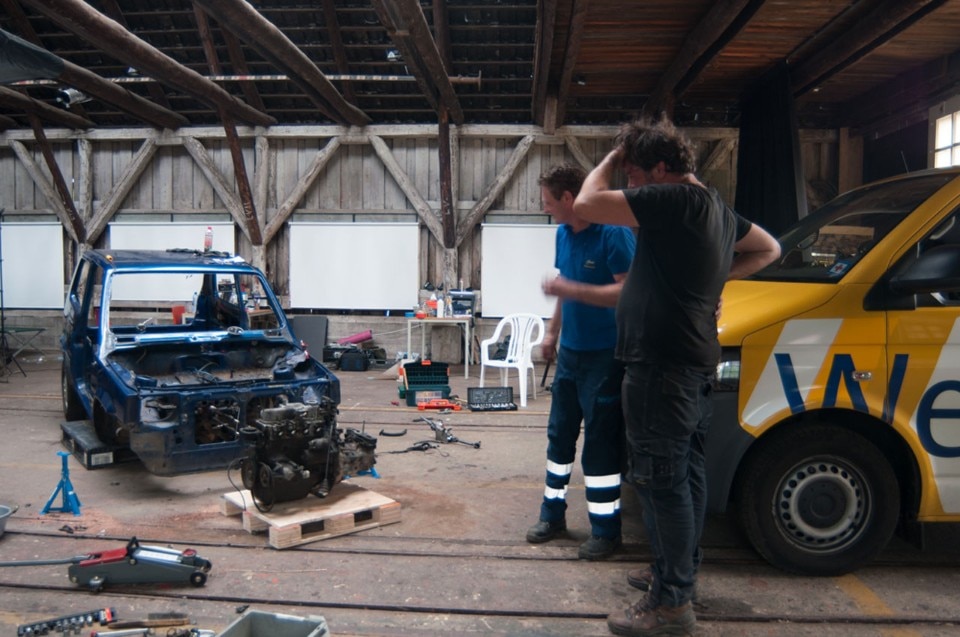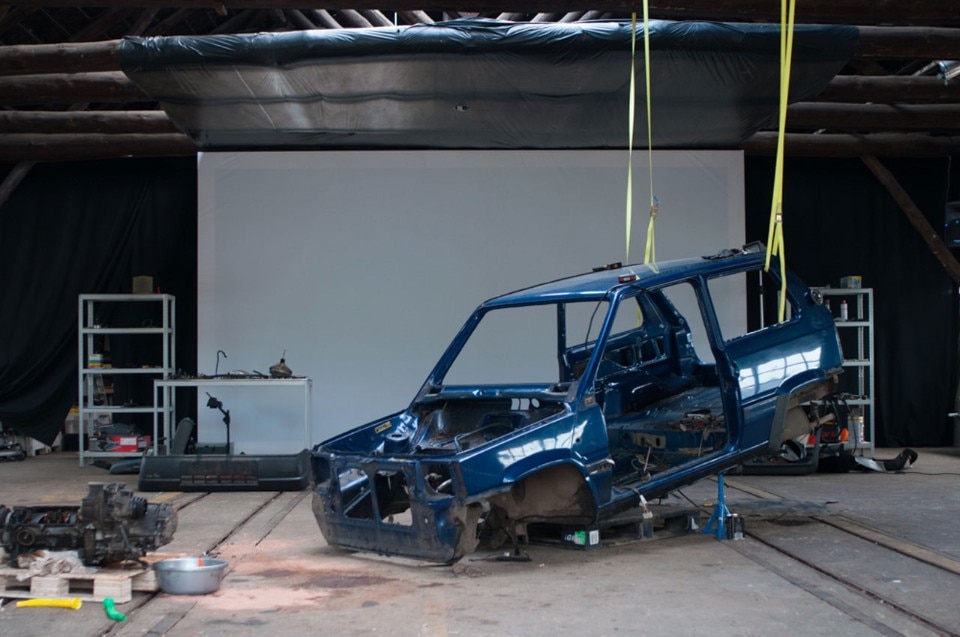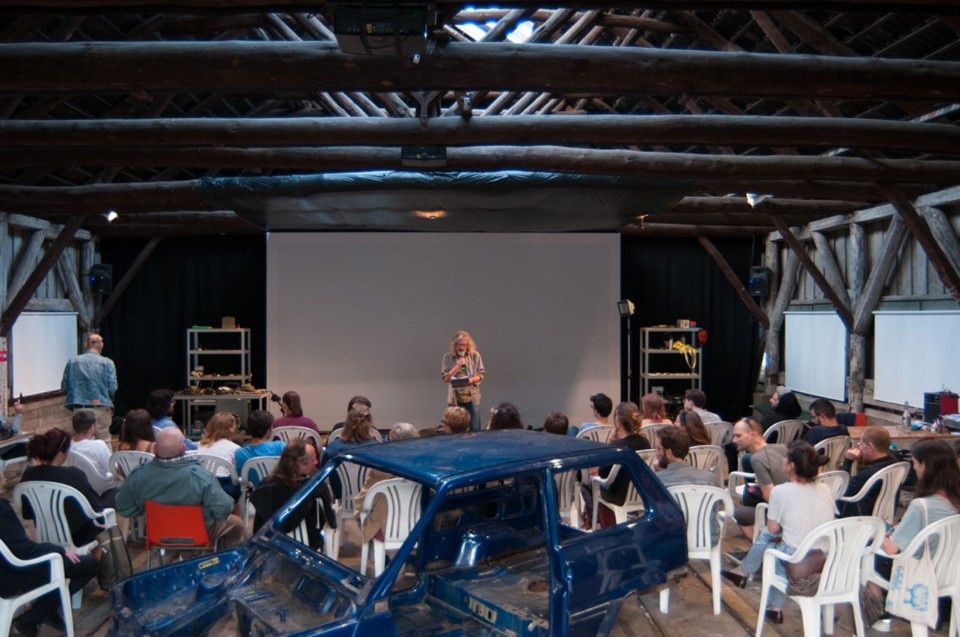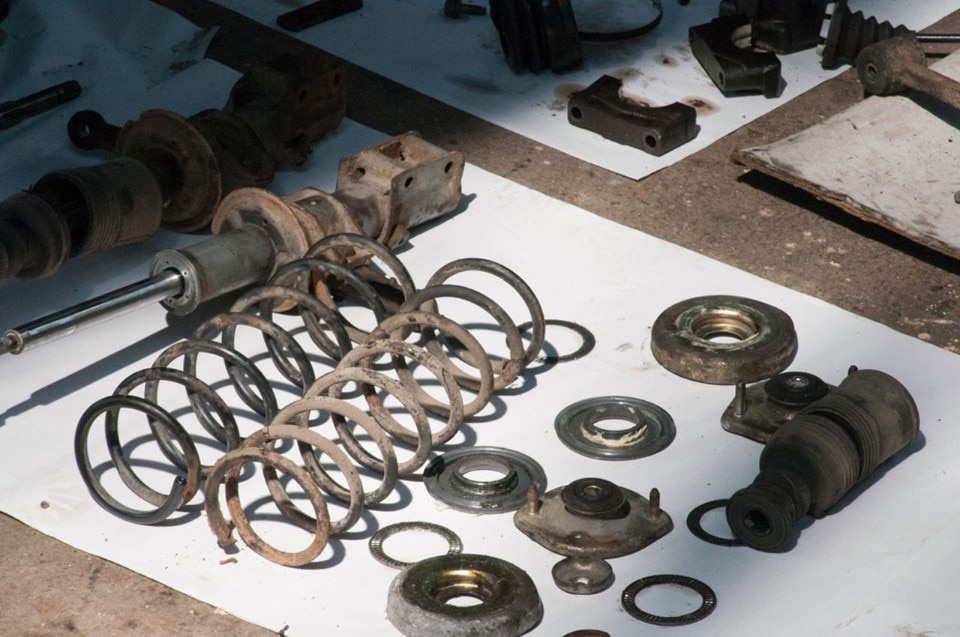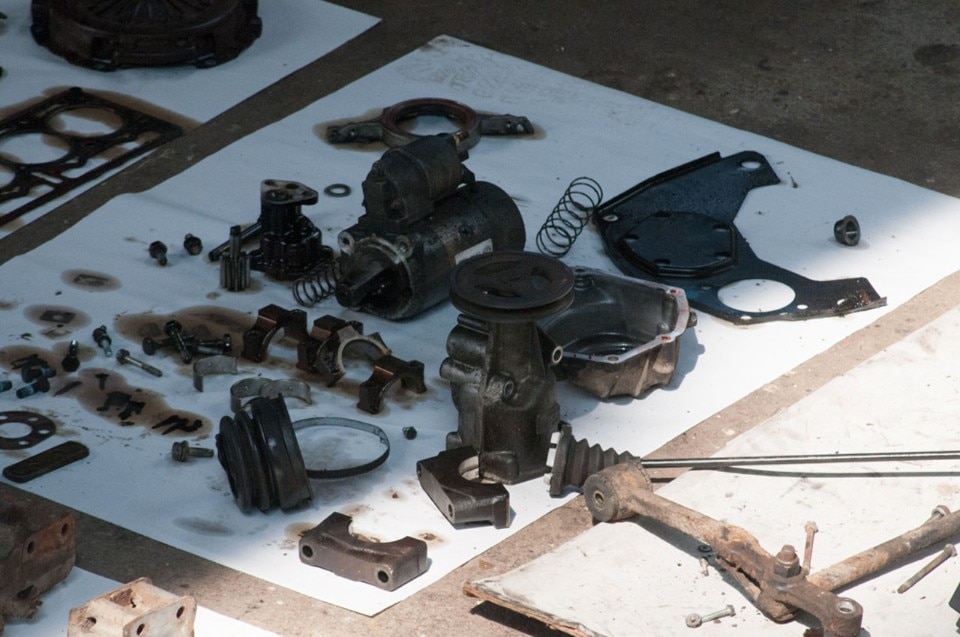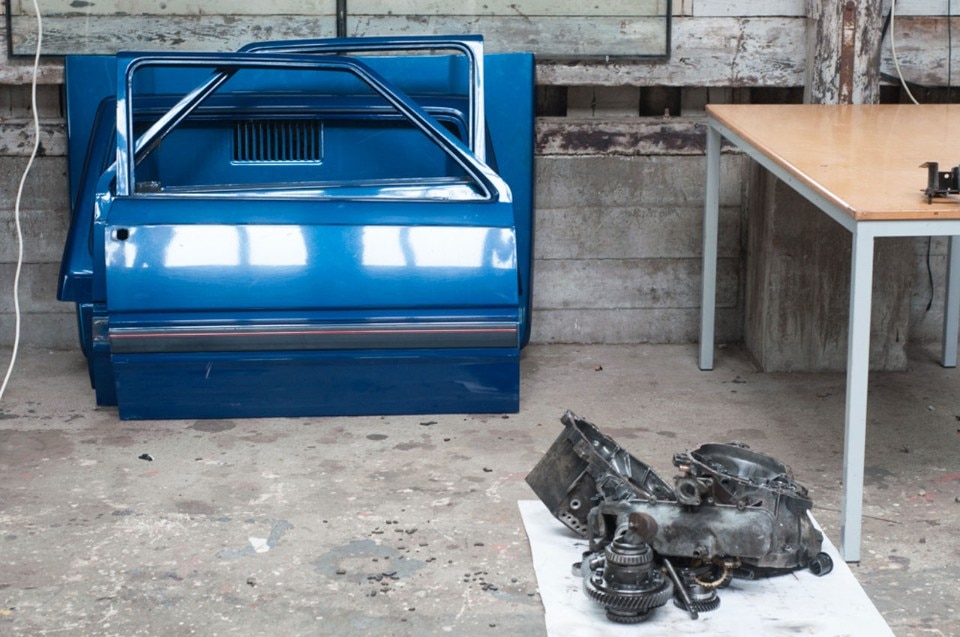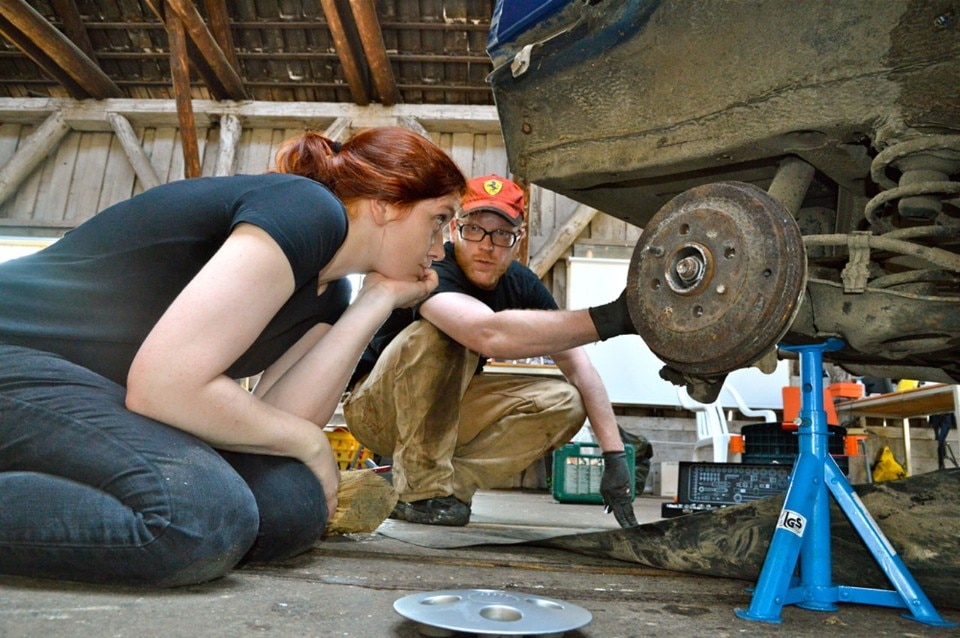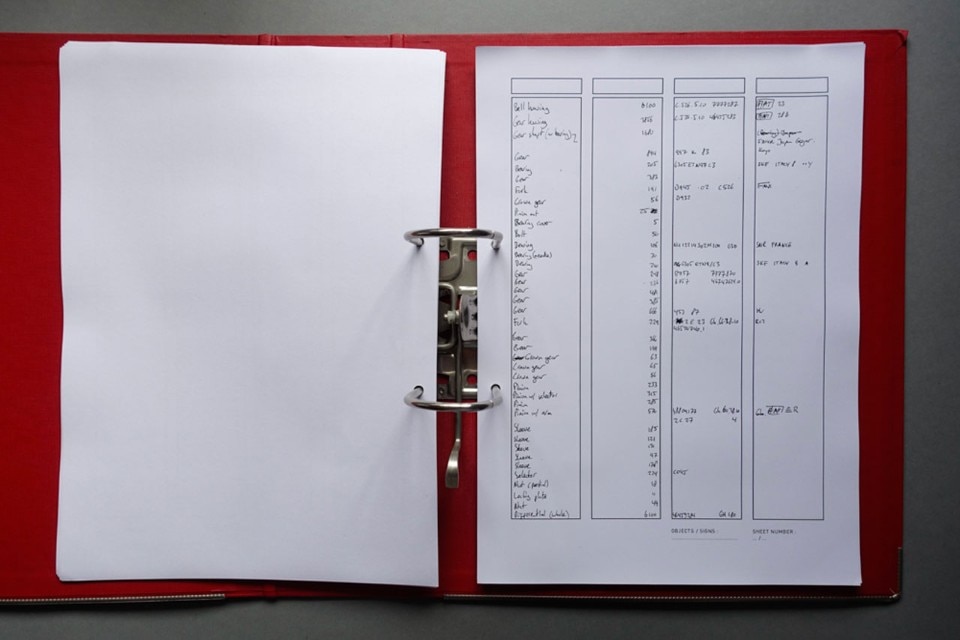
This isn’t the first time that artists have taken an interest in cars, and it’s hardly surprising. After all, cars are the biggest consumer good that most of us can afford, although with the advent of computers and smartphones, they’re certainly not the most remarkable. César, the leading exponent of French Nouveau réalisme in the 1960s, crushed them into indistinguishable metal cubes, while the Swiss Fabien Oefner has a penchant for portraying them in exploded versions.
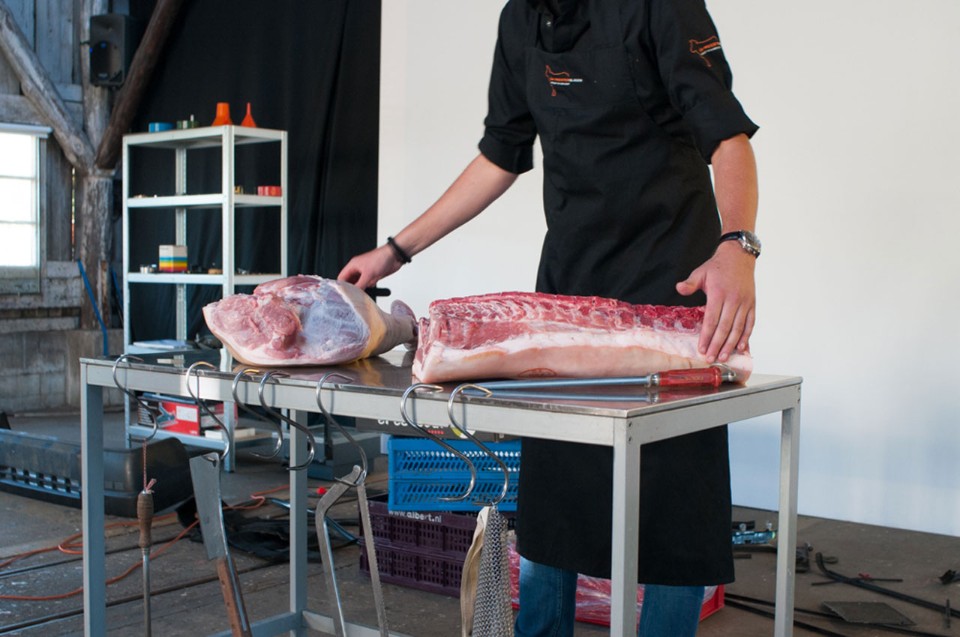
So what is the added value of deconstructing systems? These appear to be peculiar years for experts. The Internet has decentralised their expertise, spreading it around productively, but also creating a sort of mistrust in their regard. Masculinity is also suffering an identity crisis, and (again on the Internet) even the innocuous pink-coloured remake/reboot of Ghostbusters became an excuse for an epic battle between Trolls and Social Justice Warriors.





